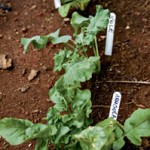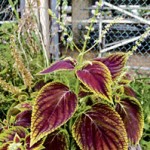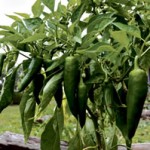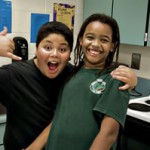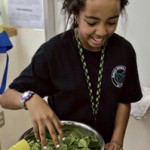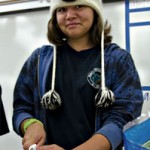Cookin’ After School In Kapa‘a
There are moments in a kid’s life when too much free time leads to trouble. Usually, mom and dad are at work, and school is out for the day. Kapa’a Middle School fills this void with playful learning activities that serve up lifelong lessons.
“Holomua is an after-school program, and it’s free,” says Terry Maguire, director of the federally funded program, “and the biggest plus is the free transportation.”
“A large part of the funding goes to busing,” says vice principal Dominic Beralas. “That’s the thing the parents are concerned about. They’re not going to put their kids in an after-school program if there’s no transportation accommodations.”
Holo means play, and mua means improvement. At 2:30, Holomua begins when the kids get to run around and release pent-up energy. Classes go until 5:30, just as mom and dad get home.
“It’s for the young kids, yeah?” Beralas continues. “Oftentimes they’re home alone, or wandering around the community hanging out with the wrong friends. We’ve shared this program with parents whose kids have discipline issues, and it’s a very good alternative.”
The roster changes every quarter and has included hula and kung fu. This quarter, kids play volleyball or basketball, and sharpen computer skills. Continuing gardening and cooking classes get them outside, and in shape.
“When we first started, (the garden) was just grass and weeds,” says seventh-grade math teacher Kristyn Branco, who supervises the after-school gardening class. “In three days, the kids, with shovels and rakes, dug everything to dirt.”
Community members donate their time and supplies. Terry Sullivan of Edible Hawaiian Islands has donated plants, and Heart and Soul Organics donated soil and wood for raised beds. Despite these efforts, heavy rain, theft and school breaks make it tough to keep the plants thriving.
“We had this program last year,” says Branco, “and when we came back from summer break, it was overgrown!”
Today, tall weeds and buffalo grass have crept back into eight garden beds, where vegetables grow despite the competition. Tomatoes, eggplant, herbs, jalapeno, bell peppers, cucumber, yellow squash and cabbage grow along with Swiss chard, arugula and kale.
“We also have a cooking class after school,” says Branco. “So we give stuff to them, and they use it in their cooking.”
In the home economics classroom, six cubicles line one wall, and each contains a kitchen just like you’d find in an apartment. Each station has a microwave, stove, vent, sink and cooking utensils.
Lucy Dunn took gardening last quarter, and this quarter she’s in the cooking class for the second time. “I like this class because I get to learn new things,” she says. “I learned how to make chicken pot pie, cake pops, and yesterday we made lemon ricotta cake.”
This is Naomi LaPlante’s third class. She keeps coming back because she likes to cook and eat.
“We learned to make a breakfast braid here,” she says of the bread stuffed with scrambled eggs, pepperoni, mushrooms, broccoli and cheese. “I took the recipe home and made it by myself.”
“I learned how to cook panko fish a while back so I made that for my parents,” says Asianna Nelson, who’s attending for the third time. “I like to cook and learn useful things, and I really like our teacher.”
By day, Kay Holt trades equities and teaches fitness at Kaua’i Athletic Club in Lihu’e. But when school’s out, she teaches cooking classes at KMS for fun.
“I’m teaching them about food, and how to understand food,” says Holt, who was a chef for 10 years. “More importantly, I’m teaching them about life lessons like safety, cleanliness, teamwork, communication and charity. They know this program is grant-funded, so they have to donate a piece of what they make.”
Kapa’a Middle School
4867 Olohena Road,
Kapa’a
821-4470, ext 151



